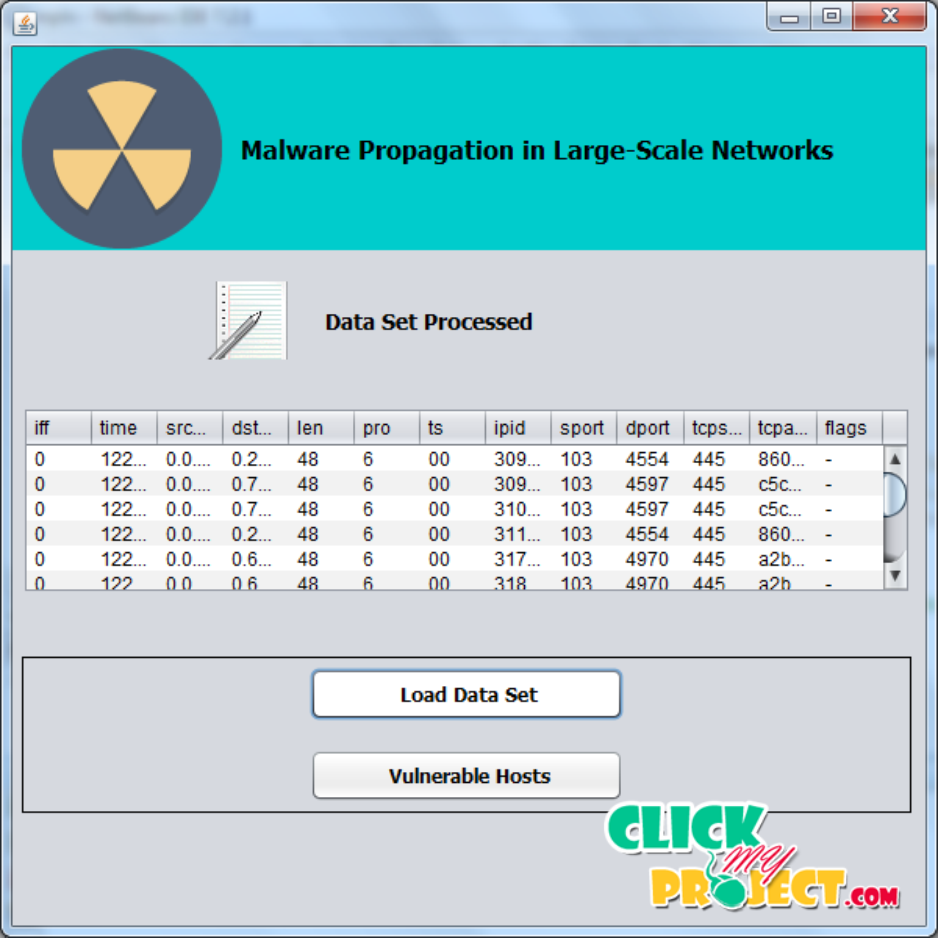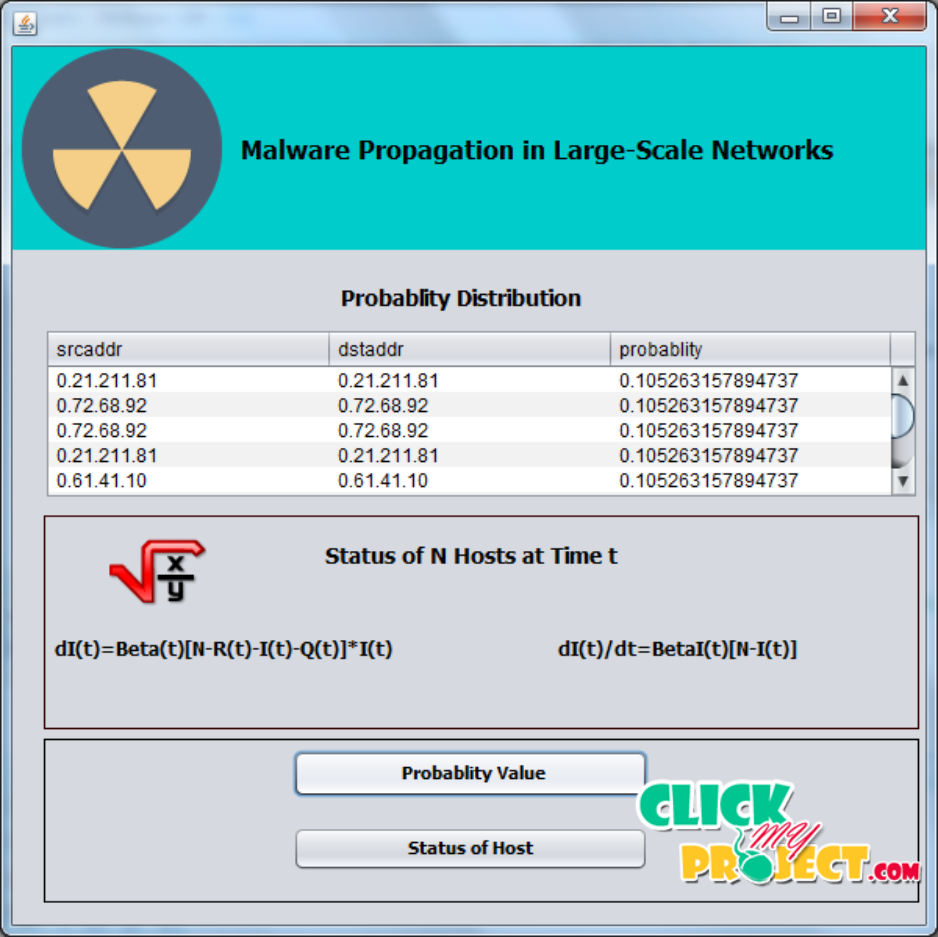Description
Automatically generated malware is a significant problem for computer users. Analysts are able to manually investigate a small number of unknown files, but the best large-scale defense for detecting malware is automated malware classification. Malware classifiers often use sparse binary features, and the number of potential features can be on the order of tens or hundreds of millions. Feature selection reduces the number of features to a manageable number for training simpler algorithms such as logistic regression, but this number is still too large for more complex algorithms such as neural networks. As malware attacks become more frequent in mobile networks, deploying an efficient defense system to protect against infection and to help the infected nodes to recover is important to contain serious spreading and outbreaks. The technical challenges are that mobile devices are heterogeneous in terms of operating systems, and the malware can infect the targeted system in any opportunistic fashion via local and global connectivity, while the to-be-deployed defense system on the other hand would be usually resource limited. In this paper, we investigate the problem of optimal distribution of content-based signatures of malware to minimize the number of infected nodes, which can help to detect the corresponding malware and to disable further propagation. We model the defense system with realistic assumptions addressing all the above challenges, which have not been addressed in previous analytical work. Based on the proposed framework of optimizing the system welfare utility through the signature allocation, we provide an encounter-based distributed algorithm based on Metropolis sampler. Through extensive simulations with both synthetic and real mobility traces,






